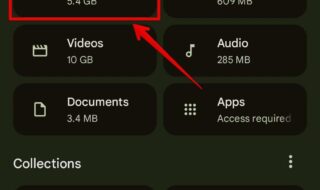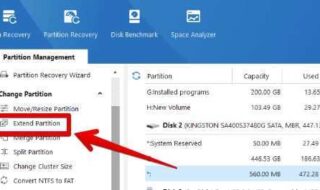Ever since the idea of online learning came to life, traditional professors have been mocking it. We’ve been listening to the talk about drop-out rates, procrastination, lack of quality, and low self-discipline for quite a long time.

In 2000, Columbia University brought the industry forward. With Fathom, its online learning portal, it proved that online courses can offer outstanding quality sourced from top-ranked universities. Unfortunately, people weren’t ready for such progressive ideas at that time. The project was dropped in 2003, since it failed to become profitable.
Well things have changed. 65% of faculty from U.S. schools now supports the concept of online learning. 43% of college students find it extremely helpful, and 49% of college students have taken at least one online course over the last year.
The numbers are staggering, and they are expected to grow.
Are we getting closer to the point when online learning will completely replace the classroom?
Contents
The Legitimacy of Online Courses Is Growing
Over the last decade, top-ranked universities have developed online programs that are available for free. Anyone who wants to learn can access high-quality sources without investing a fortune in education. They would have to pay for a certificate, but the price is still more affordable when compared to attending actual classes on campus.
Massive open online courses are designed to reach out to an audience of thousands of people. They make education more approachable, and they really focus on the learner’s experience.
Master’s online courses, in particular, are very popular. Universities like Northwestern, Emory, and Duke offer elite programs that culminate with Master’s degrees. These are expensive but very convenient for those who want to keep their jobs and pursue graduate degrees at the same time. They don’t have to spend any time on campus, so they can take the classes when their schedule allows. These programs meet a very important need for mid-career training.
High-quality online programs are not necessarily easier than their on-campus counterparts. The students still have to listen to lectures, take notes, and complete projects. However, the courses have been designed to fit in their schedules. The assignments are more practical. Instead of completing complex research papers that would prompt a student to hire a writer and pay for assignment on time, the programs include simpler assignments. They usually require the learners to conduct brief research and express a personal opinion.
Most online learning platforms include discussion boards. They add a social element to the learning process. Lack of real contact with professors and other students used to be the main disadvantage of online learning. With discussion boards, online programs overcome that shortcoming.
Will Online Programs Replace Classrooms?
Not many people are so enthusiastic to claim that online education would replace residential colleges and primary/secondary schools any time soon. There are a few reasons for that:
- Traditional classrooms are mostly criticized for the lack of student engagement. Teachers have troubles to personalize their approach to each student. Most of the learners in the classroom are distracted. However, when the student and teacher find common language, the magic occurs. Nothing can replace personal contact, with all that social energy triggering discussions to come to life.
- Undergraduate students, in particular, love campuses. They have an emotional attachment to them. The college campus is where the best friendships are made. They take part in sports clubs, Greek organizations, and all sorts of extracurriculars. Online learning, no matter how sophisticated it becomes, cannot offer an alternative for all social elements of traditional education.
- Online learning programs are expensive for universities. Building and delivering a high-quality online course costs more than the same type of course on campus. It’s highly unlikely for universities to give up on their campuses and transfer the entire educational process online.
- For young students, the classroom environment is especially important. It’s where they learn foundational social skills. The online learning environment can replace some aspects of traditional education, but it cannot fill in the gap in social interaction.
What’s the Future of Education, Then?
With all those resources available to access for free, more students are inclined towards self-instruction. It’s a more convenient way to learn things without dealing with extreme expenses. Some people don’t like facing the authority of professors, who would demand one project after another. Online learning is more flexible and personalized.
However, it still cannot replace the traditional classroom.
The future of education is in the perfect blend between traditional and online learning. Online resources are already being used in classrooms, so they are changing the concept of traditional education once and for all.
In-person lessons, activities and workshops combined with high-quality online resources can offer everything a student needs. We’re already moving in that direction. Students at all levels rely on online learning as a way to complement the experience they get in the classroom. That trend will persist.



